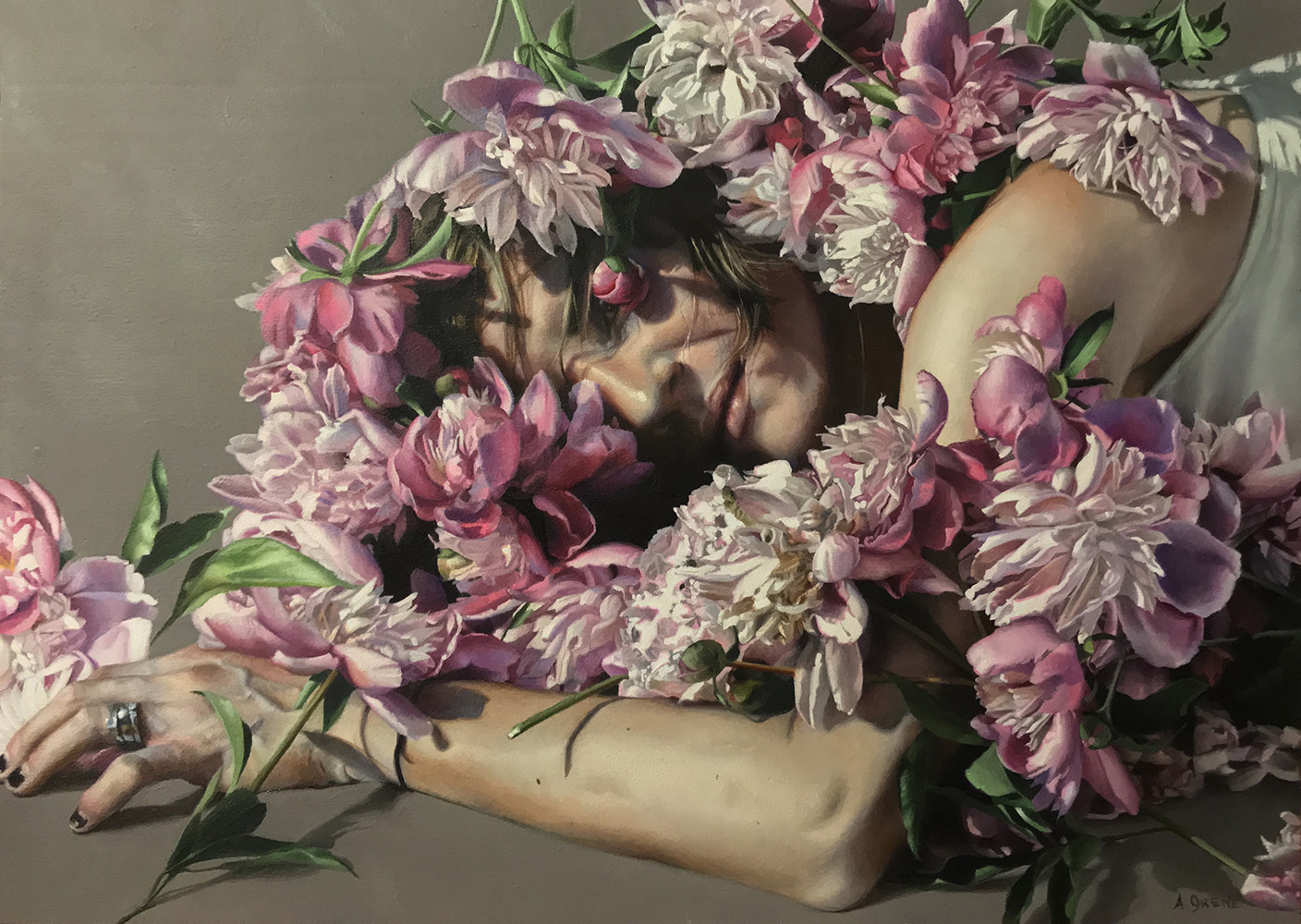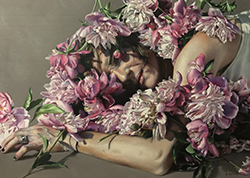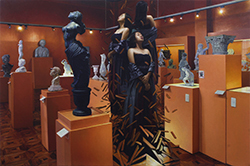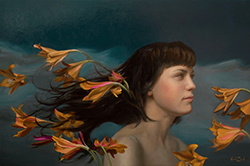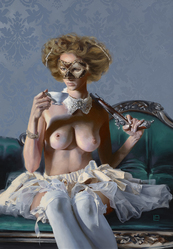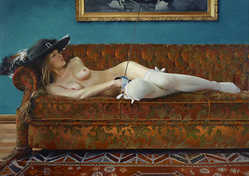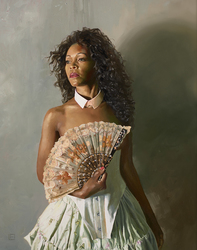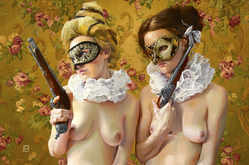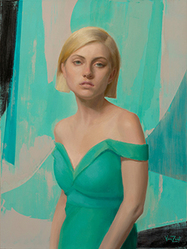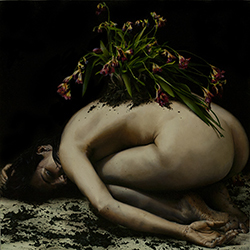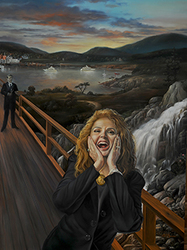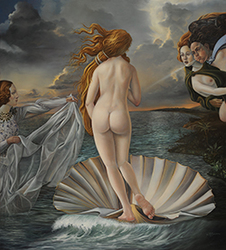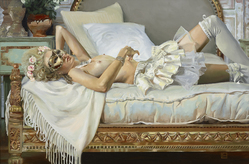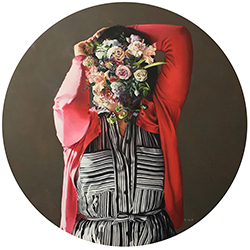The Modern Muse
The notion of the muse, originating in ancient Greece, stems from the mythological group of sister goddesses said to inspire literature, science and the arts – they were fittingly known as, The Muses. The muse has persisted through centuries, arousing some of the finest artistic and literary works. The same concept still holds true in a contemporary setting as we now define the muse, in the simplest of understandings, to be a source of inspiration (generally in relation to the arts). The Modern Muse explores how the traditional notion of the muse is invoked by a diverse and eclectic group of contemporary artists and the ways their inspiration manifests itself in their work.
Over the course of art history, the muse has been front and center in many artist’s work. Oftentimes the central figure of an entire career, the muse – the person themselves, their fashion, their elegance and mystery – wholly occupies and envelopes the artist’s mind. The likes of Frida Kahlo (and Diego Rivera), Salvador Dali (and Gala), Rene Magritte (and Georgette Berger), and Picasso (and Marie-Therese Walter) were all most inspired by their partners and lovers – each muse played a tremendous role in the development of their partner’s body of work. As is the case for David Bowers, he credits his wife as his “ultimate inspiration.” Interestingly, Bowers “concocts” his figures using bits and pieces of his partner along with influences from historical masterpieces, such as Munch’s The Scream and Caravaggio’s Bacchus. Similarly, Randalf Dilla from the Philippines, points to historical masterpieces – celebrated works of art featured in museums around the world. Dilla describes the feeling “almost like seduction, catching our attention, when seeing other works we admire.”
Other artists, like Amanda Greive, are more inspired by the journey her muses have taken… the primary motivation behind her work is to tease out the nuanced emotions embedded within the human condition and confront isolation and anxiety born of gender-based stereotypes. In this most recent body of work, Greive’s muses are not only women but flowers as well. As she says, “the qualities of one parallel the qualities of the other. Both women and flora can be viewed as delicate and fragile but also strong, persistent and resilient.” The floral elements of her powerful and thought-provoking compositions symbolically draw attention to femininity as a source of possible societal, emotional and personal conflict for the figure portrayed.
Regardless of what it is about the muse that inspires, it is clear they play a fundamental role in the creation of art; almost as necessary as the paint on a brush. The muse, the artist’s obsession, is disassembled and studied, exposed and presented, admired and revered – inspiring madness in us.
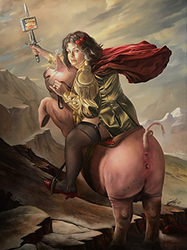 David Bowers (Born 1956) The Pig Rider Crossing the Alps 22 1/2 x 16 1/2 inches Signed EXHIBITED Request More Info |
|||

